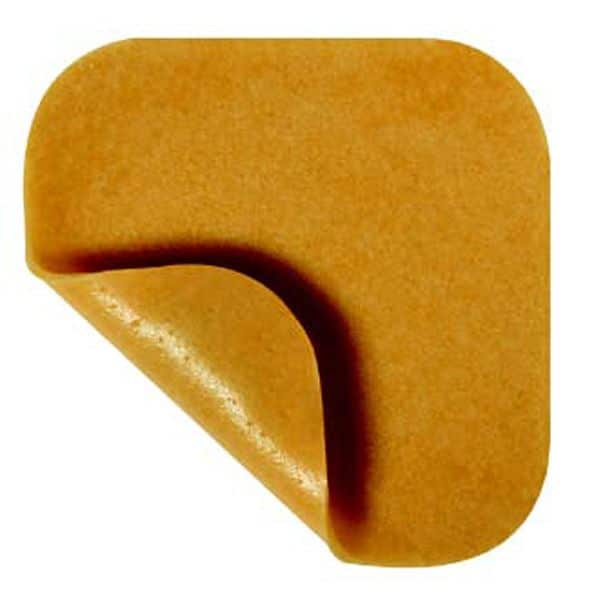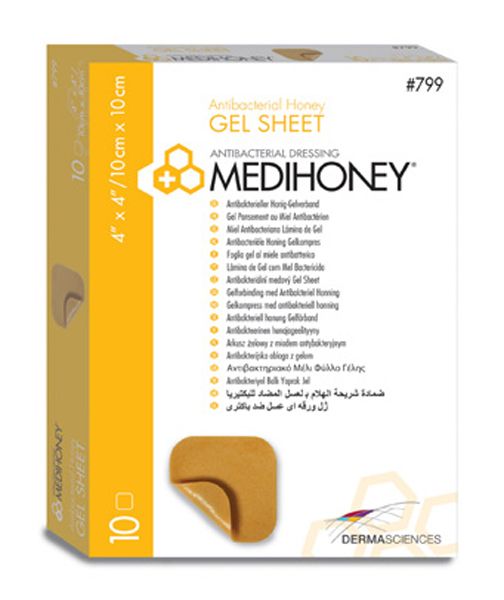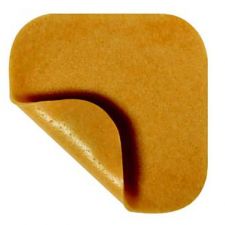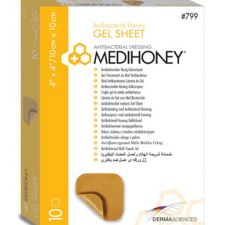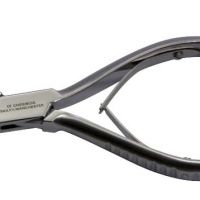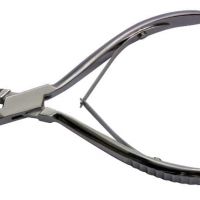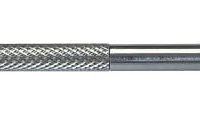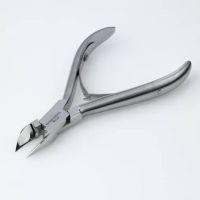Why Choose Derma Hydrogel Dressing?
- A versatile and dynamic solution for post-surgical patient care
- Combines handling capability Super Absorbent Polymer (SAP) technology of healing properties of Leptospermum Honey
- Transparent dressingoffer visibility to wound
- Provide a moist environment conducive to wound healing
- Low pH helps to decrease protease activity
- Continues effectiveness even in the presence of wound fluid
- For light to moderate exuding wounds
- Contains 63% Antibacterial Leptospermum (Manuka) Honey in combination with a hydrogel colloidal gelling agent
- Allows for non-traumatic removal of dressing change
- Comes with SAP Technology that offers 2.5 times more absorption
- These Medihoney dressings are for partial thickness burns and wounds that are lightly exuding
- It helps in autolytic debridement and removes the factor that delays wound healing
- Non-Sterile
Why Use Honey HCS Dressing?
- Diabetic foot ulcers
- Leg ulcers (venous stasis ulcers, arterial ulcers and leg ulcers of mixed etiology)
- Pressure ulcers or sores (partial and full thickness)
- 1st and 2nd-degree partial thickness burns
- Donor sites, and traumatic and surgical wound
How to use Medihoney Wound Dressing?
Directions for using Medihoney Dressing:
- Prior to application, cleanse the wound area as necessary and protect vulnerable wound edges with Medihoney Barrier Cream
- Use an appropriately sized Medihoney HCS
- The outer edge of the dressing should extend at least 3/4 inch beyond the wound edges
- Open pouch and remove the dressing
- Remove the bottom liners from the dressing to expose the wound contact surface
- Position dressing so that the center island completely covers the wound area and apply
- Smooth all edges and corners to ensure the dressing properly adheres to the skin
- Remove top plastic liners
- For Medihoney HCS Non-Adhesive, dressings may be cut with sterile scissors or placed on top of one another to cover wound margins
- Cover the dressing, or secure in place, with an appropriate secondary dressing
- Note: Medihoney HCS Adhesive does not require a secondary dressing
Precautions:
- If the Medihoney Wound dressing is not easily removed, soak with sterile saline or water until it is removed without difficulty
- Due to the Medihoney HCS low pH, some patients may notice a slight transient stinging. If stinging does not stop or persists and cannot be managed with an analgesic, remove the dressing, cleanse the area, and discontinue the use of Medihoney dressing.
- During initial use of the dressing (depending on wound exudate levels, interstitial fluid, and edema surrounding the wound), the dressings high osmotic potential may contribute to increased exudate, which could lead to maceration if the excess moisture is not managed appropriately. Manage additional moisture by adding an absorptive cover dressing and/or adjusting the frequency of dressing change. Protect the peri-wound skin by applying a skin barrier protectant to the surrounding skin.
- During the healing process, it is common for non-viable tissue to be removed from the wound resulting in an initial increase in wound size. Although an initial increase in wound size may be attributed to the normal removal of non-viable tissue, consult a healthcare professional if the wound continues to grow larger after the first few dressing changes.
Frequency Of Change:
- The frequency of change depends on the condition of the patient and the amount of wound exudate
- Re-apply Medihoney HCS when the dressing has reached its absorption capacity or as directed by a wound care professional
- There may be increased levels of exudate upon initial use of the dressing so protect the peri-wound Skin Barrier Cream
When to avoid Medihoney Dressing?
- On third degree burns
- With patients that have a known sensitivity to honey or any other component present in Medihoney HCS dressing
- To control heavy bleeding


